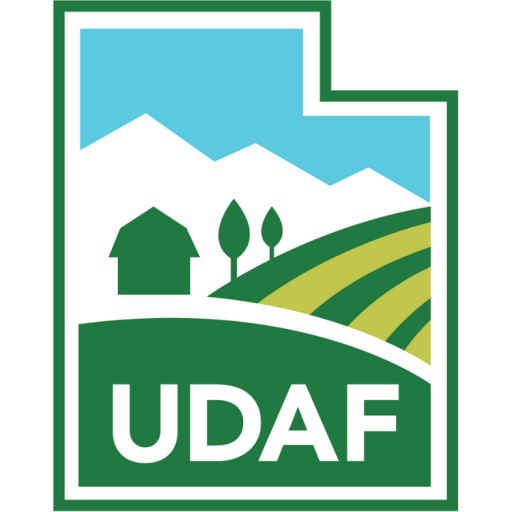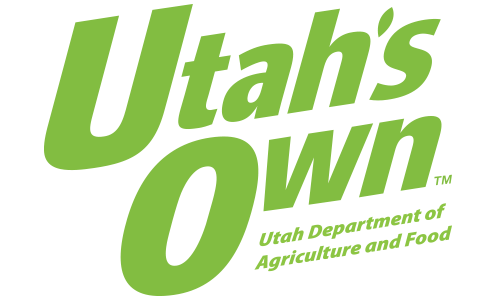The Conservation Programs within the Division work to sustain Utah’s agricultural lands and protect the state’s natural resources. A watershed-wide approach is used to solve resource issues and develop conservation projects and provide funding options from multiple state and federal programs. There are few organizations in the state that rival the work that is done in the division.
Well planned and managed livestock grazing is an important landscape-scale tool for maintaining healthy rangelands, watersheds, and wildlife habitats, and that healthy rangelands contribute to a healthy livestock industry and productive rural economies.
In addition in sustaining Utah’s agricultural lands and protecting the state’s natural resources, as of July 1, 2022, the policy of the State of Utah is to also promote land conservation to protect the states agricultural industry and natural resources through efforts to optimize and preserve use of the land and conservation landscapes.
Conservation Programs:
The Agriculture Loan Programs provide a collection of resources for loans regarding development, emergency disaster relief, petroleum, water quality, and more.
Agricultural Voluntary Incentives Program
The goal of the Agriculture Voluntary Incentive Program (AgVIP) is to implement practices that can increase crop yields, improve soil health, and add value to operations, while improving water quality.
The Animal Feeding Operations homepage is a regulation resource for all confined livestock operations. Find policy guidance, environmental impact facts, and information on the Agriculture Voluntary Incentive Program (AgVIP).
Information on legal protections for agriculture land and activities. Direction to county programs.
Agricultural Water Optimization Program
Producers who are looking to be more efficient with water may be eligible to participate in the Agricultural Water Optimization Program. Grant information, program requirements, water optimization planner contact information, more resources.
The Utah Conservation Districts encourage and manage practices that support ecological conservation goals like reducing soil erosion, improving water quality & wildlife habitat, controlling invasive weeds, and other issues. Each district is run by a board of local agriculturalists and citizens with connections and knowledge about the area. Overview & list of Utah conservation districts, links to national resources.
For any who deal with algae and water supply, the department provides scientific information about cyanobacteria, Utah Lake bloom maps, identification guides, and agency contact information.
LeRay McAllister Working Farm and Ranch Fund
The LeRay McAllister fund is a program that provides funding and resources for land restoration in Utah by municipalities, state agencies, trusts, and nonprofits. Find funding & legislative information, relevant conservation easement information, and applications.
Public and private wells can be monitored and assisted by the department to control for salinity and regulate irrigation. Read through educational resources, connect with relevant organizations, & access any available applications for programs and grants.
Resources for farmers implementing positive soil health practices. Soil health testing, plans & principles, grant applications, Utah Soil Health Partnership contact & project information.
Utah Pollinator Habitat Program
The Pollinator Program educates and supports projects regarding the health and ecosystem of native and local pollinator species. Find information on increasing local pollinator numbers and pollinator habitat, program applications, maps & other resources.
Other Information:





